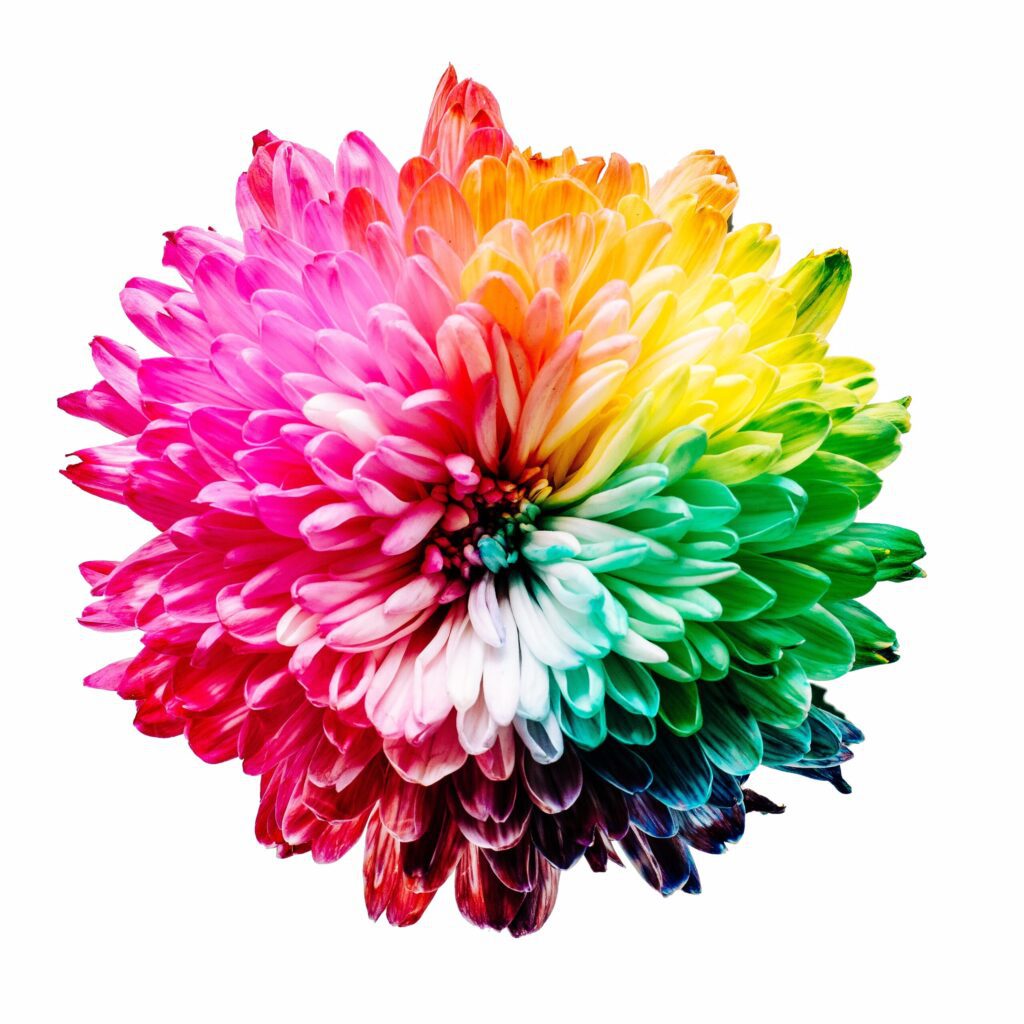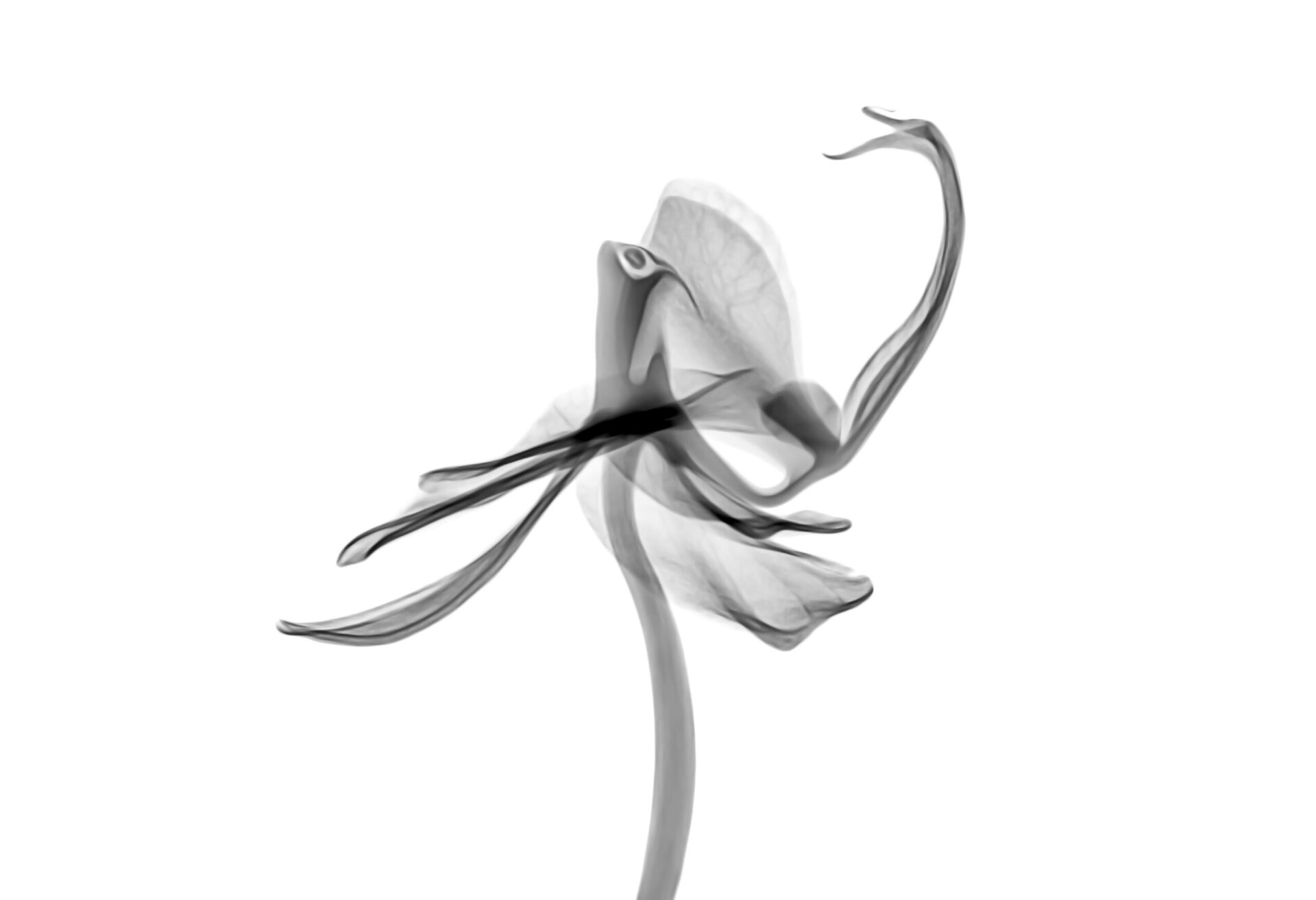Using the outdoor environment to inspire art and design
Written By: Author(s): CCT Admin

3 min read
Using the outdoor environment to inspire art and design
What’s the idea?
Nature has inspired artists since the beginning of time, and if we reflect on the earliest artforms such as cave paintings, we can see artists using everyday resources to leave their mark on the world. Engaging children in observing their environment encourages them to behave just like artists do. Any adult or older sibling can support them to observe their world (Tutchell, 2014). This guide aims to inspire you to use the outdoor environment on your doorstep to stimulate, motivate and enable your pupils to create artworks.
What does it mean?
Encouraging children to engage with the outside environment is important. Porter (2018) suggests learning outdoors can increase children’s motivation, resilience and engagement. Exploring the environment for art also enables pupils to understand that learning can occur beyond the digital world, classroom or art gallery.
Land art is an art movement that is all about observing the environment and sculpting the landscape to
Join us or sign in now to view the rest of this page
You're viewing this site as a guest, which only allows you to view a limited amount of content.
To view this page and get access to all our resources, join the Chartered College of Teaching (it's free for trainee teachers and half price for ECTs) or log in if you're already a member.
This article was published in and reflects the terminology and understanding of research and evidence in use at the time. Some terms and conclusions may no longer align with current standards. We encourage readers to approach the content with an understanding of this context.
0
0
votes
Please Rate this content
Please login to comment
0 Comments
Oldest
Newest
Most Voted
Inline Feedbacks
View all comments










